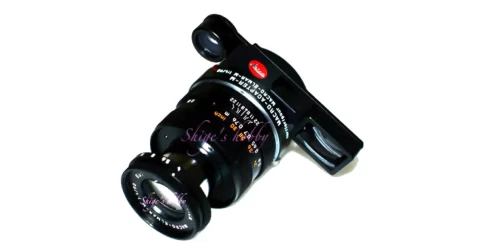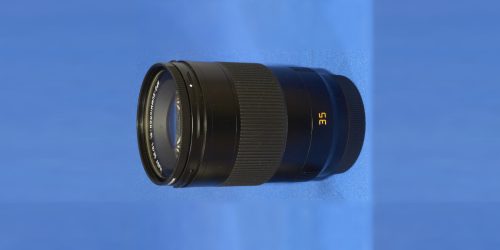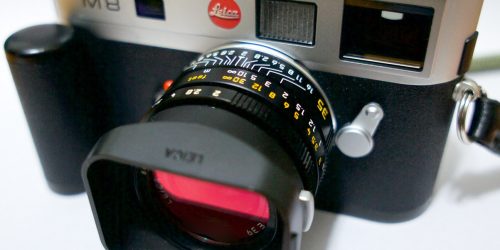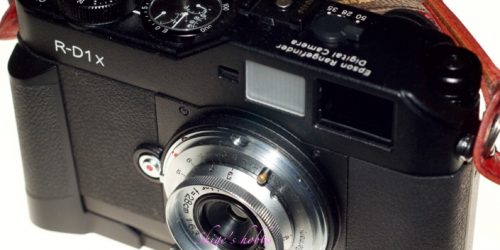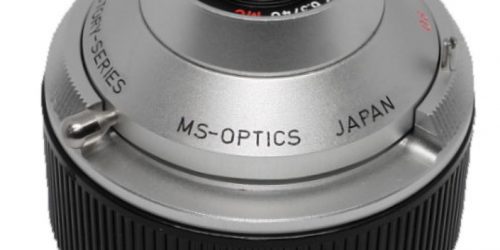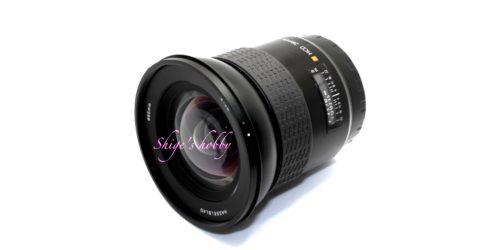7Artisans M35mm f/1.4
Review and photo examples of the 7Artisans M 35mm f/ 1.4.
Table of contents
Gallery
- 写真作例(HASSELBLAD X2D)
Review
7Artisans M 35mm f/ 1.4 is a lens with the same specs as the LEICA SUMMILUX 35mm F1.4.
Lenses with the same specifications have been released by several Chinese manufacturers.
I bought it because it was on sale on Amazon, and since I didn’t have a LEICA M series body on hand, I tried using it by attaching it to the HASSELBLAD X2D.
The official page states that it features Sonnar and Biogon, but since it is neither a simple structure like Sonnar nor a symmetrical type like Biogon, you can hardly feel its features, and it is not a popular feature recently. It looks like a retrofocus type lens with a concave front lens.
The original 35mmF1.4, the LEICA SUMMILUX 35mm/F1.4ASPH., also uses a concave front lens, but the front and rear groups are symmetrical (biogon respect).
The focus ring has a standard 45 degree rotation angle from infinity to 0.7m, and the helicoid rotates smoothly.
The metal barrel and glass lens give it a solid feel, and other than the logo, it doesn’t feel cheap.
However, I personally find the lens design difficult. Similar to LOMO’s Atoll 17mm, the design has a focus ring at the base of the lens, which is common with Chinese lenses, and an aperture ring located in the center of the lens, so you may find yourself unconsciously turning the aperture ring while using it, so this is a problem to get used to. Needless to say, I don’t like it. After all, I would like the focus ring to be placed at the best location in the center of the lens with some width, and I would appreciate it if you could reconsider the lens barrel design.
The similarly named TT Artisan 35mm f/1.4 ASPH from Master Optical has an aperture ring at the tip and a focus ring in the center, which I prefer as a lens design.
The lens is over-inflated, so this won’t be a problem if you use it with an EVF, but if you use it with the LEICA M’s viewfinder, you may need to adjust it yourself. Adjustment tools are included.
Leica lenses can be said to be expensive because they are accurate enough to be used properly with the LEICA M viewfinder from the time of shipment.
The hood is a built-in type that can be pulled out, and there is no gimmick that requires you to turn it to secure it after pulling it out. Even when the hood is pulled out, it is only about 10mm wide, which is a bit of a distraction, and is not enough to cut out the light in backlit situations, resulting in flare and a decrease in contrast.
The image circle is larger than I expected, and when I took a picture with the X2D’s original size of 11,6568,742 (4:3) pixels, and cut out the part that could be used with 3:2 in the 35mm format, 10,9287,286 pixels remained. When calculated, there is a usable area of about 41mm left in the sensor width, so we can conclude that a 35mm full-frame sensor is sufficient.
In addition, I was able to obtain photos with sufficient resolution even when the aperture was wide open, demonstrating that Chinese optical design is a force to be reckoned with. Although Leica is an established brand and cannot be compared, the cost performance of this lens is terrifying given the retail price.
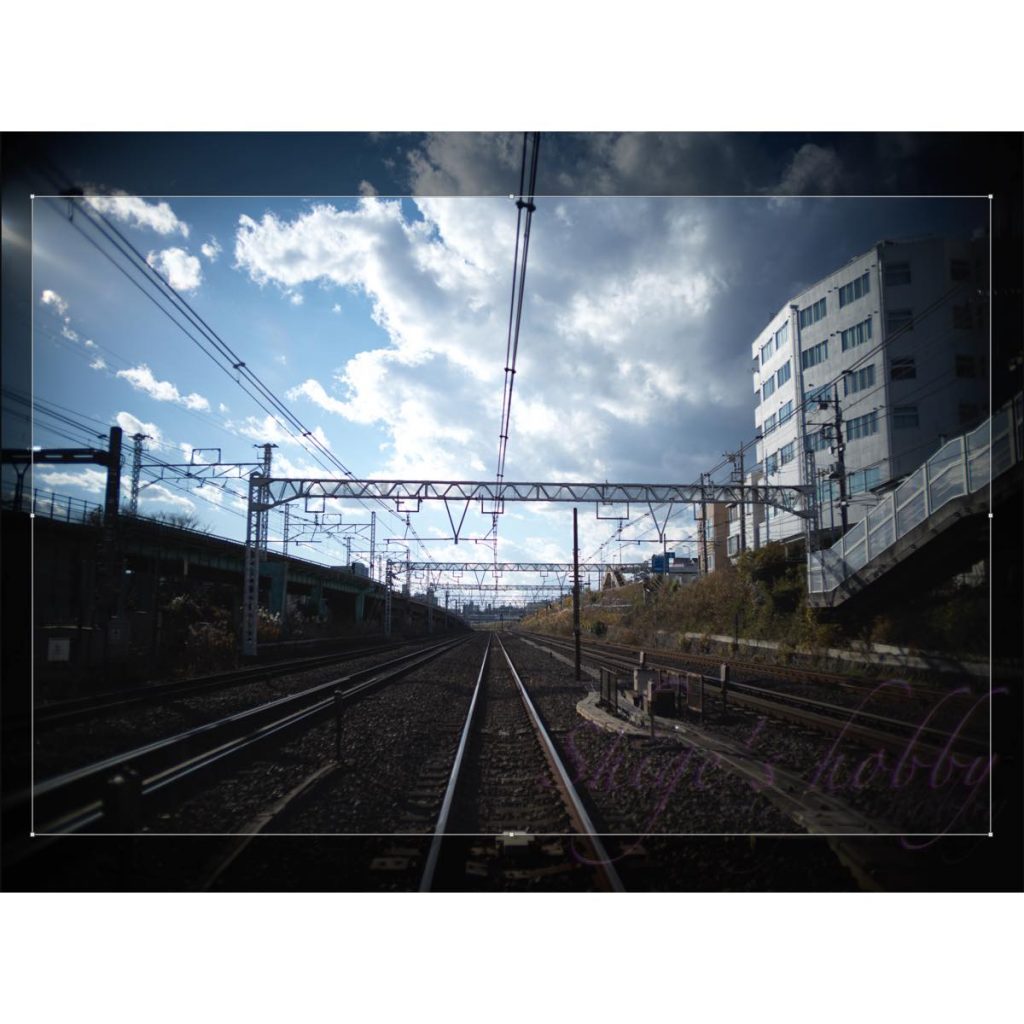
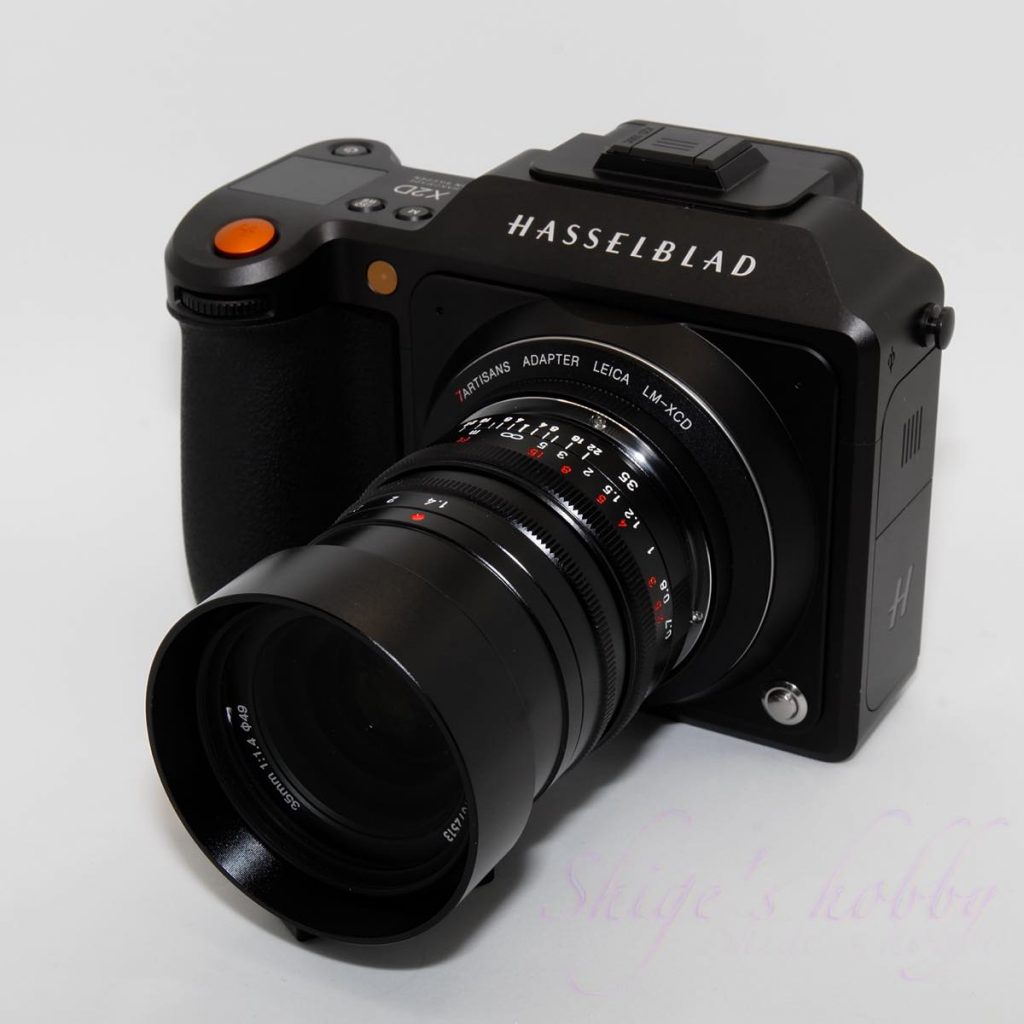
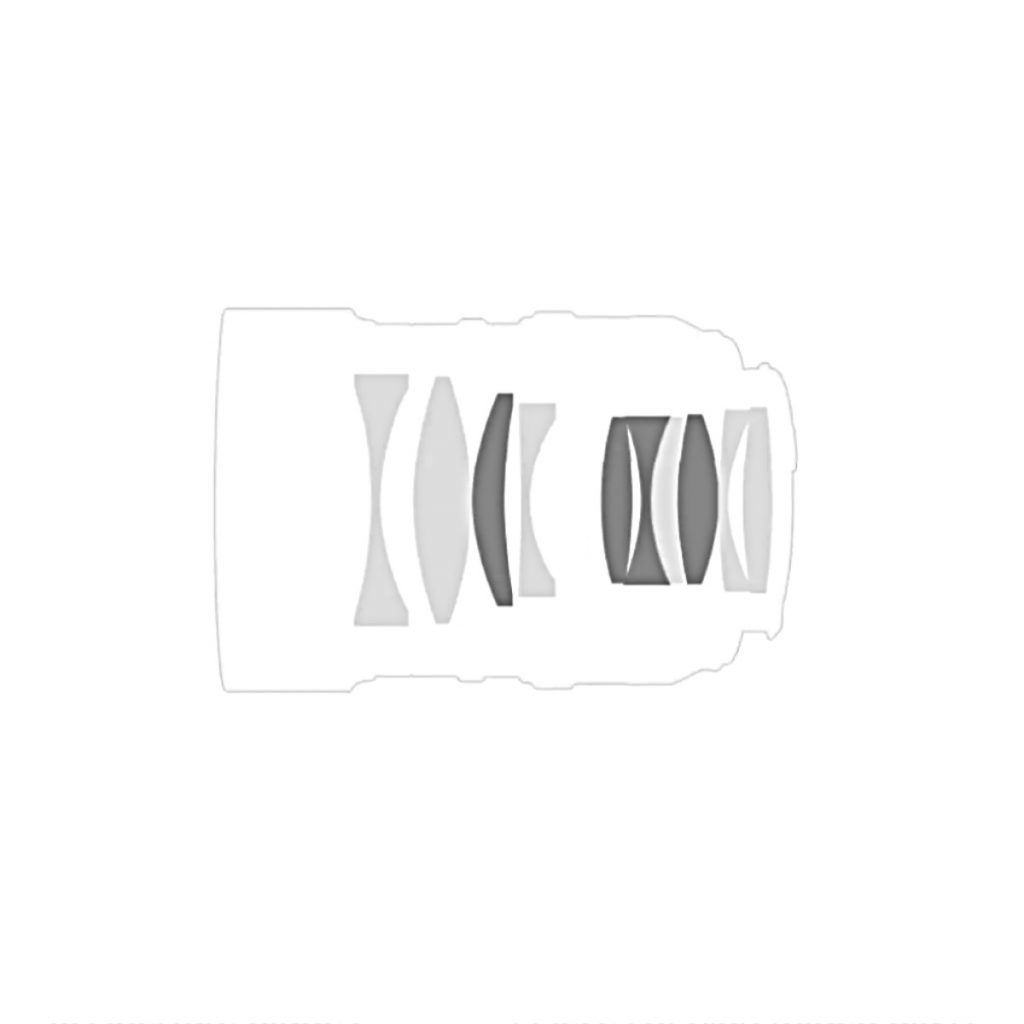
Specification
| Items | Value | Note |
| Focal length(mm) | 35 | |
| Max aperture | 1.4 | |
| Min aperture | 22 | |
| Lens Construction | 10 elements in 9groups | |
| Leaf blade | 10 | |
| Min distance(m) | 0.7 | |
| Lens length(mm) | 69.4 | |
| Max diameter(mm) | 59 | |
| Filter Size(mm) | 49 | |
| Weight(g) | 404 |
Reference links
- 7Artisans official Web site
- Amazon saller site(Affiliate link) / The product photo on Amazon is of an L/M close-up adapter, but as the product description suggests, a regular L/M adapter was included in the package.
Update history
- 2023.02.19
Affiliate
- Some external links are advertisements and clicking them may generate income for the site administrator.
